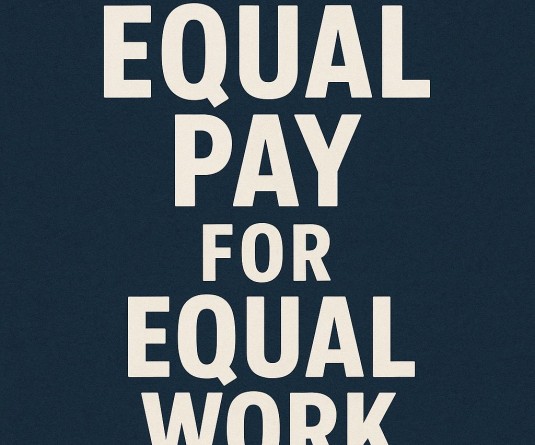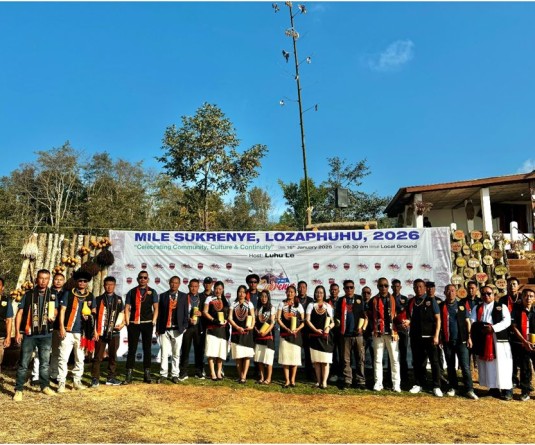
Ngaranmi Shimray
New Delhi
Everywhere in the north eastern states of India there is always unhappiness over how scares resources of the state (state plan) and the central government (Centrally Sponsored Schemes, Central schemes etc) is deployed for development and how employment is cornered by dominant communities in the state. There are often charges that dominant community take away the lion share of resources and employment leaving the backward community undeveloped and in poverty. There is some truth to this charge.
Take for instance Nagaland. This is a state predominantly inhabited by Naga tribes (with some Kacharis, Kukis, Garos), but internally the Naga tribes have many disagreements between the advanced Naga tribes and the backward Naga tribes. Since 2010 there has been vocal demand for a separate eastern Nagaland state by the Naga tribes who are living in six districts of the erstwhile Tuensang area. This area is inhabited by some of the most ferocious Naga tribes who still live in relative poverty and backwardness even after Nagaland became a state more than 60 years back. They are unhappy as their area was not allocated enough resources/funds to develop infrastructure and socio-economic facilities and deprived of their due share of employment. What is more painful from them is that they have been neglected by their own Naga brothers. The lion share of resources and employment has been taken away by the dominant Naga tribes and with lesser political leverage they have not been able to get their due share of resources and employment.
Demands for separate administration or an empowered local government like autonomous district/territorial council emanates everywhere in the north eastern states between dominant community and exploited community. Examples are - in Tripura between the advanced and dominant Bengali community who wield political and administrative power and the marginalised indigenous tribes, in Manipur between the advanced and dominant Meitei community who wield political and administrative power and the marginalised indigenous Naga and Chin-Kuki-Mizo tribes, in Nagaland between the advanced and dominant western Naga tribes (Angami, Ao, Sema etc) and the marginalised eastern Naga tribes. Basically the problem is a fight over resources and employment.
Citizens of India has witnessed an island of peace ushered in by a peace accord that resulted in the creation of a state called Mizoram. Compared to the other states in the North Eastern Region (NER) Mizoram is relatively a very peaceful state. They have minority populations too and they have been given autonomous district councils under the sixth schedule of the constitution. There are lessons to be learnt by governments across the NER from Mizoram. The Lushai Hills Autonomous District Council was created under the provision of the Sixth Schedule to the Constitution of India way back in 1952 and from this emerged the present three renamed Hills Autonomous District Councils after taking into account all aspects of the political, social and economic lives of the tribes living in the area. The three Autonomous District Councils of Mizoram are the Lai Autonomous District Council (LADC), the Mara Autonomous District Council (MADC), and the Chakma Autonomous District Council.
Without breaking up the state, there are options available to resolve the demands of Tripura, Nagaland and Manipur amicably. Recent example of success is the Bodoland territorial council in Assam where substantial administrative, financial, legislative and judicial power have been devolved to the territorial council. The latest draft proposal for having an empowered local self government is the Eastern Nagaland People’s Organisation (ENPO) template proposed for the Naga frontier territorial council by Ministry of Home Affairs, government of India. There is no need to reinvent the wheel and on this template, with suitable modifications, draft proposals could be formulated for the Chin-Kuki-Mizo tribes demand for a separate administration in the form of a territorial council. Similar approach could be adopted for accommodating the demands of the Tipra Motha in Tripura. The Indo-Naga peace talks, which is more complex than the other demands, could also be worked out using the ENPO template along with many other unique and distinct features in line with the Indo-Naga Framework Agreement.
All demand in the NER have basically surfaced due to neglect and discrimination of large chucks of the state’s own society resulting in maladministration and backwardness. Devolution of power to the district councils have worked well in many north eastern states where the sixth scheduled provisions have been sincerely devolved. Wherever devolution of power and functions is obstructed there is demand for a better administrative system like in the case of Tripura. Manipur autonomous district council is neither in the sixth nor fifth schedule. It is a state law provided under article 371-C of the constitution. Hence the demand in Manipur since the 1980s for district councils under the sixth scheduled. But now with the ENPO proposal which appears to be better than the Bodoland Territorial council the demand for Manipur cannot be lesser than that of the ENPO proposal.
The way forward would therefore be to grant such backward areas in Tripura, Nagaland and Manipur their own territorial council under Article 244-A and in the sixth scheduled.
The author is an activist and political observer based in New Delhi





